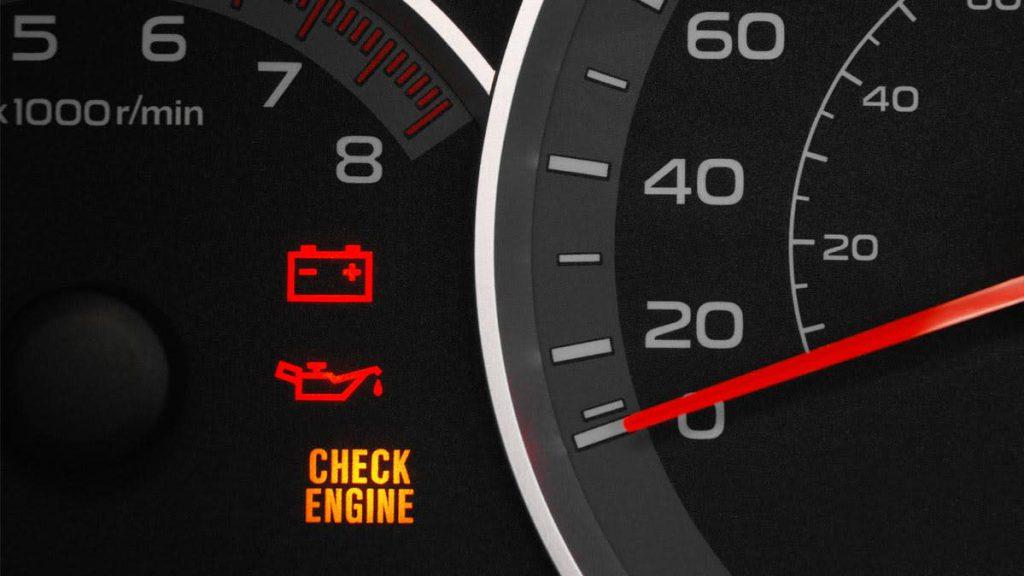With time, the O2 sensor wears off, and it becomes unable to detect. At this phase, replacing an oxygen sensor is mandatory. For this, you need to determine if it is the right time to buy a new oxygen sensor. Here we are going to give you the symptoms of bad O2 sensor.
O2 or the oxygen sensor is usually found near the exhaust manifold. As its name suggests, it senses the amount of oxygen in the gasses that get out of the exhaust system. It checks the proportion of oxygen with other gasses or a combination of air/fuel.
The right proportion is needed to make sure that certain things run well. A well functioning oxygen sensor ensures low fuel consumption, low pollution, and other such vital factors.
Contents
Recognizing The Symptoms Of Bad O2 Sensor
The O2 sensor determines whether the mixture of fuel and air is too rich, having deficient oxygen or having too much oxygen. In case of any condition, it sends the signal to the engine control unit so it can be adjusted to normal.
To let the ECU know about the oxygen proportion, a working O2 sensor should be there.
A failed O2 sensor always causes damage to the emission system and hence takes down the overall performance. Get to know the symptoms that depict a bad O2 sensor so you can take further action-
1. Have A Glance Over Check Engine Light
Get to the engine management system where the screen illuminates for any malfunction. If there is Check Engine Light icon blinking, it is one of the symptoms of bad O2 sensor.
It is the simplest way to get to know that you need to visit a professional and have the sensor repaired or replaced.
However, the light pops up for different malfunctioning and not just for showing the status of the O2 sensor. Still, it is a sign that there is a need to take the car to the repair shop.
So next time, you get dubious about what does a car do when the oxygen sensor is bad, have a look at the Check Engine Light.

SEE MORE:
2. Poor Mileage And Pathetic Smell
You know what does an O2 sensor do as it pings the ECU about the fuel/air ratio. Lack of it can make you fill those gallons of fuel frequently. Hence, the second sign for a malfunctioning O2 sensor is the poor mileage.
If you regularly notice high fuel consumption, the oxygen sensor can be the reason. The improper air to fuel ratio mixture consumes more fuel than usual and affects the mileage.
In another case, if you get a nasty smell like something is rotten, that is a sign too. Many times, you may see that black smoke coming out of the exhaust; consider it as an obvious sign that the oxygen sensor has failed to work.
3. Misfiring Rough Driving
Due to the bad oxygen sensor, issues like misfiring, loss of power, and rough driving can be experienced.
All these operations depict the functioning of an engine that works well in the presence of a working O2 sensor.
Since a faulty sensor interferes with the fuel/air mixture ratio, distractions take place that you occur while driving.
It is one of the bad oxygen sensor symptoms that if you notice, immediately take the car to the repair center before the condition gets any worse.

4. Durability Of An Oxygen Sensor
Now that you are clear about ‘what is an O2 sensor’ it is time to know for how long the sensor serves.
As every part wears off with time, so does the oxygen sensor. As an estimate, you can drive approx. 100K miles before you feel the need to replace the O2 sensor.
However, one should always have a professional examination if the sensor has worn out or not. Learn Maintenance Tips here and solve different automobile troubles.
Like other parts that you replace yourself, it is possible to go DIY with an oxygen sensor too.
If you have an OBD2 scanner and the right set of tools, the process comes easy. For diagnosing the problem, you can download the app in your smartphone as an alternative to OBD2 scanner.
One can order the sensor from a trusted seller or online for that case. Once you have got the part, you will need one or two wrenches to work with the sensor socket, and in no time, you will be done.
The transferring of the wires should be done one by one instead of all together. Else, it is always best to take your vehicle to professionals and let them handle it.
There you can have a further talk with them ‘how to tell if O2 sensor is bad’ and how to take care of it.
FAQs
-
How often should O2 sensors be replaced?
O2 sensors are wear-and-tear components that deteriorate over time. Most experts recommend replacing them every 60,000 to 100,000 miles, but the interval can vary depending on your vehicle’s make and model.
-
Are there different types of O2 sensors?
Yes, there are typically two types of O2 sensors: upstream (pre-catalytic converter) and downstream (post-catalytic converter). They serve slightly different purposes but are both important for proper engine function.
-
Is it safe to drive with a bad O2 sensor?
While it’s generally safe to drive with a bad O2 sensor for a short period, it’s not recommended in the long term.
A malfunctioning sensor can lead to reduced fuel efficiency and increased emissions, potentially causing damage to other engine components.
-
How much does it cost to replace an O2 sensor?
The cost of replacing an O2 sensor can vary depending on your vehicle’s make and model, labor costs in your area, and whether you choose an OEM (Original Equipment Manufacturer) or aftermarket sensor. It can range from $50 to $200 or more per sensor.
-
Can cleaning an O2 sensor fix the issue?
Cleaning an O2 sensor is not typically recommended, as it may not resolve the underlying problem. If the sensor is malfunctioning, it’s usually best to replace it with a new one for optimal performance.
Check out this video from ChrisFix to learn how to check and replace an oxygen sensor!
Conclusion
So these are some of the obvious symptoms of bad O2 sensor. Recognize any of these signs and opt for the repair either professional or DIY if you have some experience with handling mechanical things.



